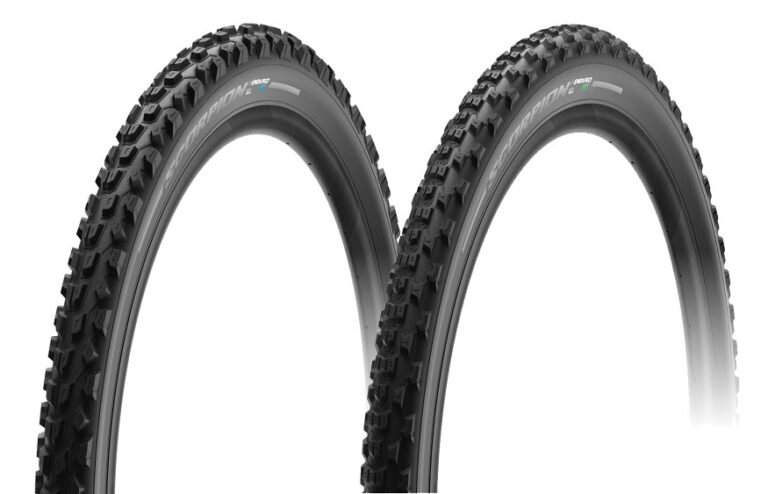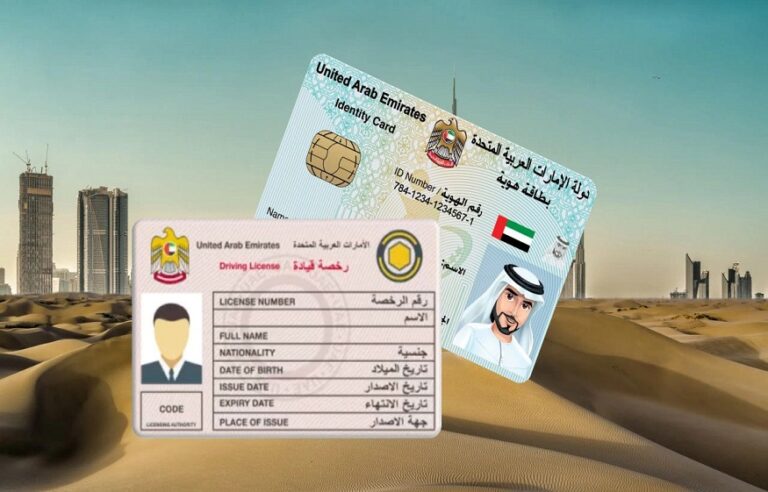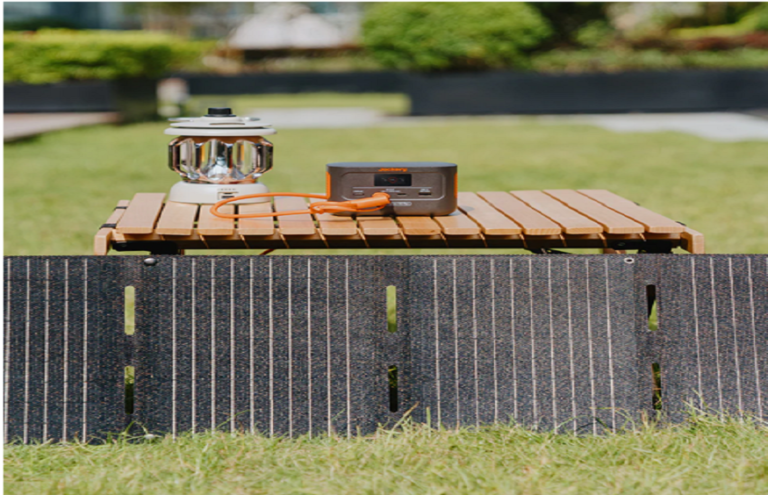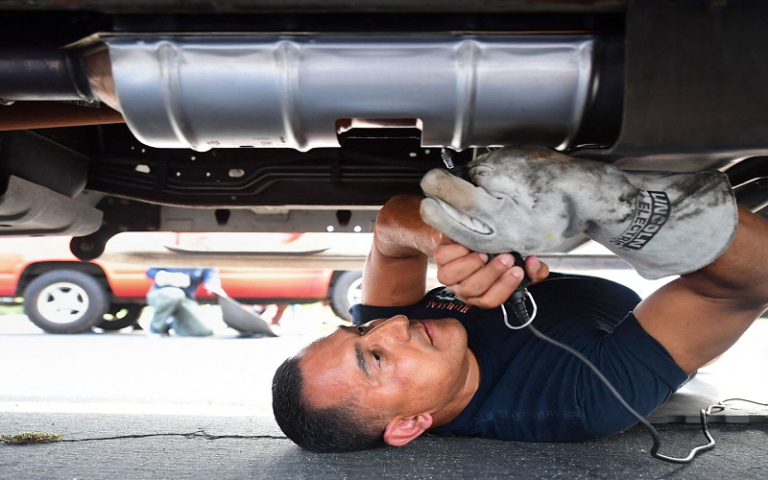For some, it is possible to use the same tire all year round without worrying about climatic conditions, while for others it is necessary to adapt it according to various criteria. It depends on the geographical area of practice and the nature of the associated terrain, as well as its riding style. When bad weather affects the terrain, mud remains the number one enemy of any mountain biker and the wrong choice of casings can turn an outing into a real nightmare! To avoid endless travel times and repeated falls, here are some practical tips and a range of products that can be found on the market to effectively arm yourself against the elements.
In some regions, if you want to practice mountain biking all year round, riding in the mud is unavoidable and it is necessary to put on adequate envelopes, especially in winter. And for regular competitors, the changing weather conditions and nature of the terrain make it necessary to have several sets of tires in reserve, including specific mud ones for certain routes that can become one hell of a job. Reconnaissance is mandatory to refine the choices because wet courses are not always synonymous with impassable. The nature of the ground varies from one region to another, from one area to another, versatile tires – even for dry terrain – can pass and we keep all the advantages of our favorite tire in terms of performance. , because a mud tire is very mediocre in this area. The temperature, quantity and frequency of precipitation will be considered to find the best compromise. Depending on the density of the mud and the nature of the ground in depth, several choices may be possible, the specific tire not necessarily being essential.
With the mud you lose grip, the front tire must have good lateral grip because it is directional, it must also offer good braking. The rear wheel needs traction, braking, but it must be taken into account that it greatly influences performance. Depending on the type of practice, preferably mud, level of technicality, this last point should be strongly considered. A rear suspension is also an asset in the mud, I unlock the rear suspension for the low grip parts. This allows me to have more grip than with a semi-rigid and therefore to use a more rolling tire which will be more advantageous on more compact sections. The Schwalbe Racing Ralph and the Rocket Ron 2.10, Rubena Kratos 2. 25 are tires I use on the rear when the last rain is recent and the mud is quite liquid. They cut thinner than advertised (compared to Michelin, Maxxis or Continental for example). When using thin tire sections, our weight is distributed over a smaller surface and thus generates greater pressure on the surface of the rubber in contact with the ground. We gain grip. Generally, the muddy the terrain, the less brittle it is and the risk of punctures therefore decreases. You can afford a lower pressure of about 0.2 bars compared to the values used in dry weather. The deformation capacities of the tire are improved and grip is gained. I prefer to use fairly thin mixed-terrain tires, inflated at low pressure and ride in full suspension for motor skills. At the front, side crampons must be spaced out. Personally, I like the Mitas Kratos 2.25 (thin size like a 2.10) which also has well-spaced and moderately high central lugs for clearing. At the rear, it will provide more traction than the Schwalbe Racing Ralph or the Rocket Ron. The Hutchinson Toro is somewhat the equivalent, it has larger studs, less spaced but higher than the Kratos. If the mud is thicker, then the Mitas Charybdis in 2.00 will do better due to its thinner section, its profile being equivalent. Finally, in case of big mud or for those for whom performance on less muddy sections is not important, the Schwalbe Dirty Dan,
There was a time when virtually every brand offered a specific mud tire in the lineup, often narrow section around 1.75 inches wide. These casings were sometimes simply derived from wider general-purpose models in the range, so the narrowness of the tire was used to more easily find grip in depth but also to increase clearance and clearance at the chainstays, seatstays and fork, solutions still used today in XC but more rarely all the same. The qualities of rubbers and carcasses evolving, the wheel diameters having increased, the geometries having evolved towards more efficiency/liveliness/agility, the gear ratios being less imposing and making it possible to roll more supplely in the worst conditions, we can today more avoid using mud tires. Mavic, Panaracer, Ritchey … while others focus only on DH products. If we do not always find mud tires from manufacturers, some brands can nevertheless offer products designed for wet terrain which will be between the general purpose tire and the specific mud tire, this is the case of the Vittoria Gato or Hutchinson Toro (in its XC versions). And it is always possible to recut studs on more versatile tyres, this is still done occasionally in the paddocks and the Michelin Wild Mud – although specific for mud – presented in this list below is even originally planned to be recut if necessary. depending on the consistency of the mud!














+ There are no comments
Add yours